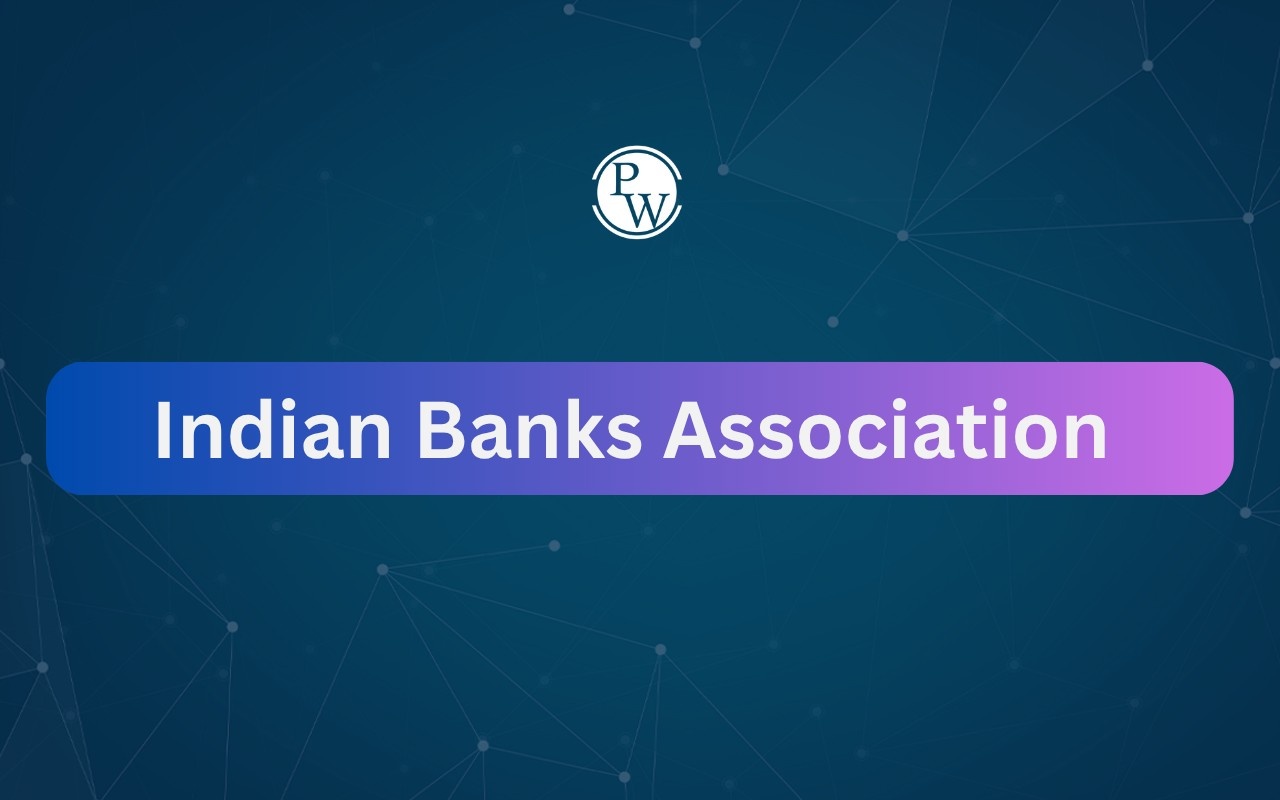

A Sovereign Green Bond (SGrB) is a type of debt instrument issued by a government to raise funds for environmentally sustainable projects. Currently, these are being used to finance the low-carbon transition in India, however, the market for SGrBs in the country has faced challenges due to limited investor interest and lower-than-expected yields.
What Is a Sovereign Green Bond?
Sovereign green bonds (SGrB) are basically a type of green bond issued by governments to fund projects promoting environmental sustainability. As these bonds are issued only by national governments unlike regular green bonds, they are known as Sovereign Green Bonds.
Sovereign green bonds are used for initiatives like reducing carbon emissions, improving climate resilience, and protecting natural ecosystems. Compared to conventional bonds SGrBs are offered at lower yields. India introduced a framework for issuing these bonds in 2022 and since then the government has issued sovereign green bonds 8 times, raising around INR 53,000 crore.
Features of Sovereign Green Bonds
The Key features of Sovereign Green Bonds are:
-
Lower Yields: They typically offer lower yields than traditional bonds.
-
Government Assurance: Only sovereign governments issue these bonds, which provide a stable investment option.
-
Targeted Use of Funds: Funds are dedicated to environmentally friendly projects.
-
Transparency and Reporting: Governments share detailed information on funded projects and their expected environmental impact.
-
Independent Verification: Third-party verification ensures projects meet sustainability standards.
-
Impact Investing: Allows investors to support environmental causes while earning returns.
Why Are Sovereign Green Bonds in the News?
Recently, the Secretary of the Department of Economic Affairs noted that over the past 2.5 years, the funds raised through Sovereign Green Bonds have been limited due to investors' reluctance to accept lower yields compared to global standards.
For example, only INR 1,697 crore was accepted against a planned ₹6,000 crore auction in August 2024. Further, the estimated funding from SGrB proceeds for 2024-25 was reduced from Rs 32,061 crore to Rs 25,298 crore, leading to a cut in grid-scale solar project funding.
Challenges Faced by Sovereign Green Bond Scheme
SGrBs in India have struggled to attract investors due to the following reasons:
-
Limited Greenium: India's SGrBs offer a low greenium (2-3 basis points), making them less attractive compared to global greeniums of 7-8 basis points.
-
Liquidity Issues: Small bond issues and a tendency to hold bonds until maturity limit secondary market trading, reducing liquidity and investor appeal.
-
Lack of Awareness: Many potential investors in India lack knowledge about green bonds, affecting participation.
-
Regulatory Challenges: The absence of a strong regulatory framework leads to inconsistent reporting, which affects investor confidence.
Way Forward
To address these challenges, the government should expand the scope of green bonds to include social projects, creating sustainability bonds that combine both green and social goals. The government should also enhance transparency in green bond reporting and collaborate with multilateral development banks like the World Bank and IFC to enhance credit ratings that will build investor trust.
In conclusion, Sovereign Green Bonds in India have the potential to play a crucial role in financing the country’s transition to a low-carbon economy. Therefore, the government should focus on improving transparency, strengthening regulations, and exploring international partnerships to boost investor confidence.
To learn more about such government initiatives, explore PW UPSC Courses!
Sovereign Green Bond FAQs
What is the meaning of sovereign green bonds?
Who issues the Sovereign Green Bond?
What is the purpose of the sovereign green bond?
Who can buy sovereign green bonds?
Is sovereign green bond tax free?













